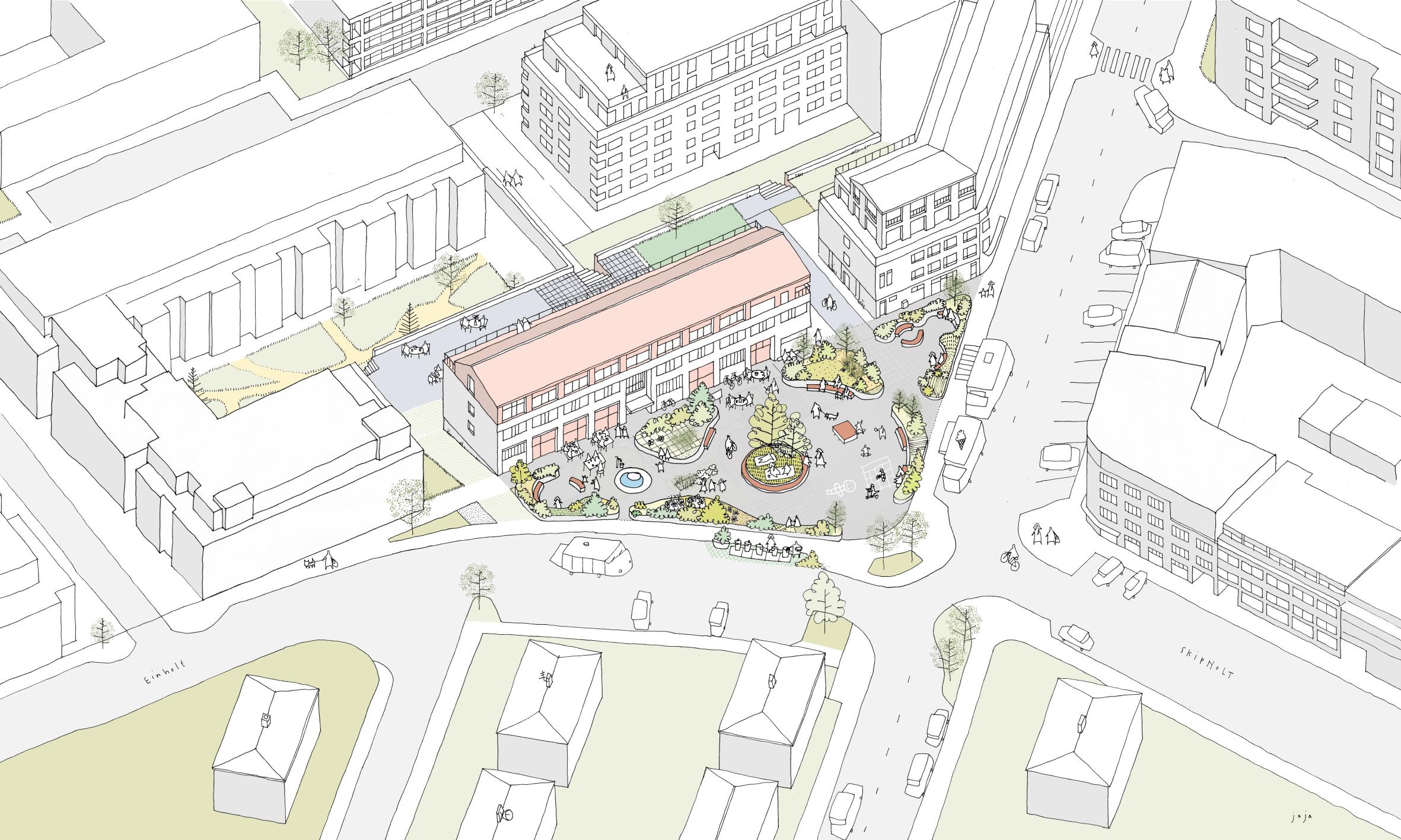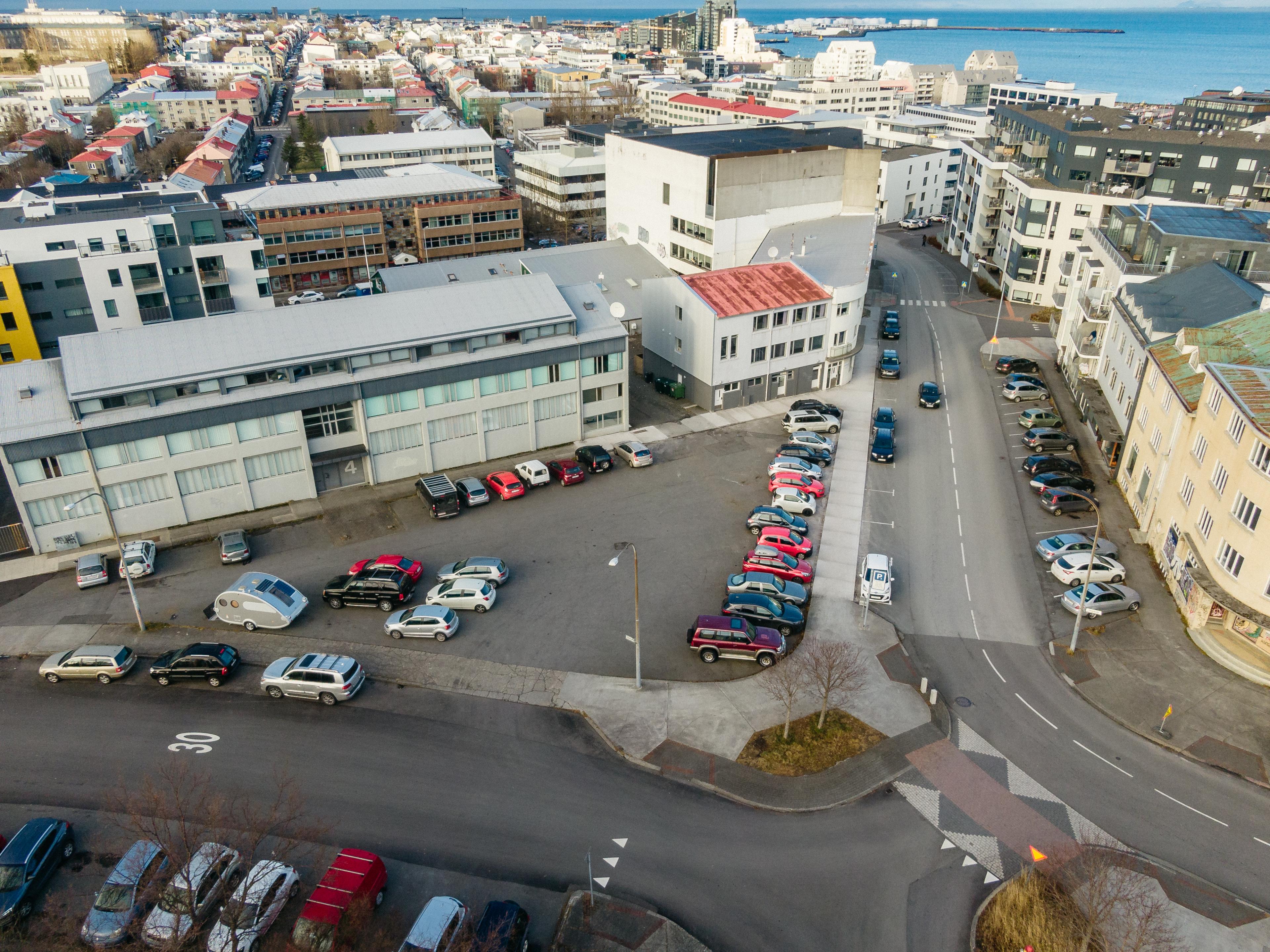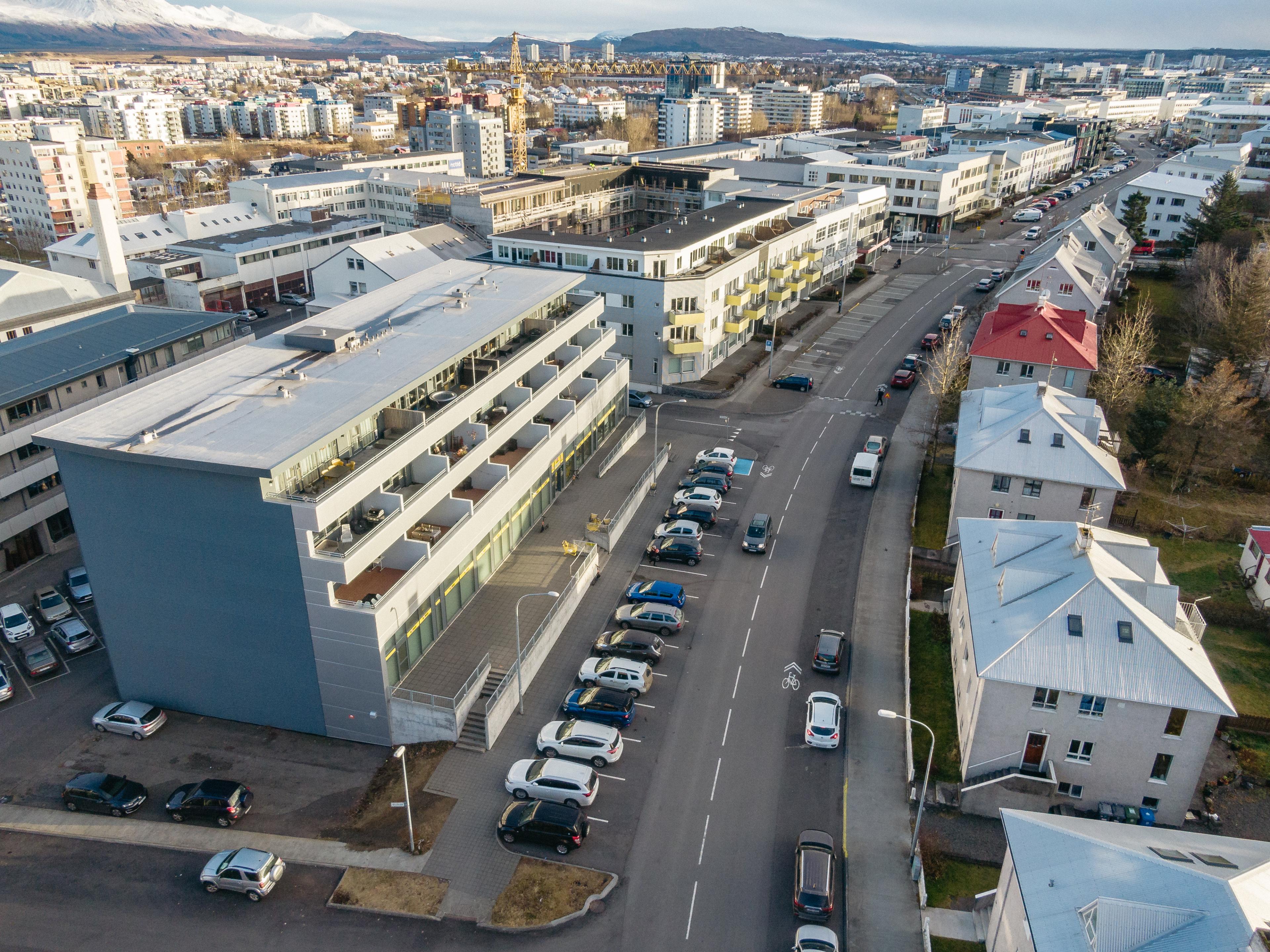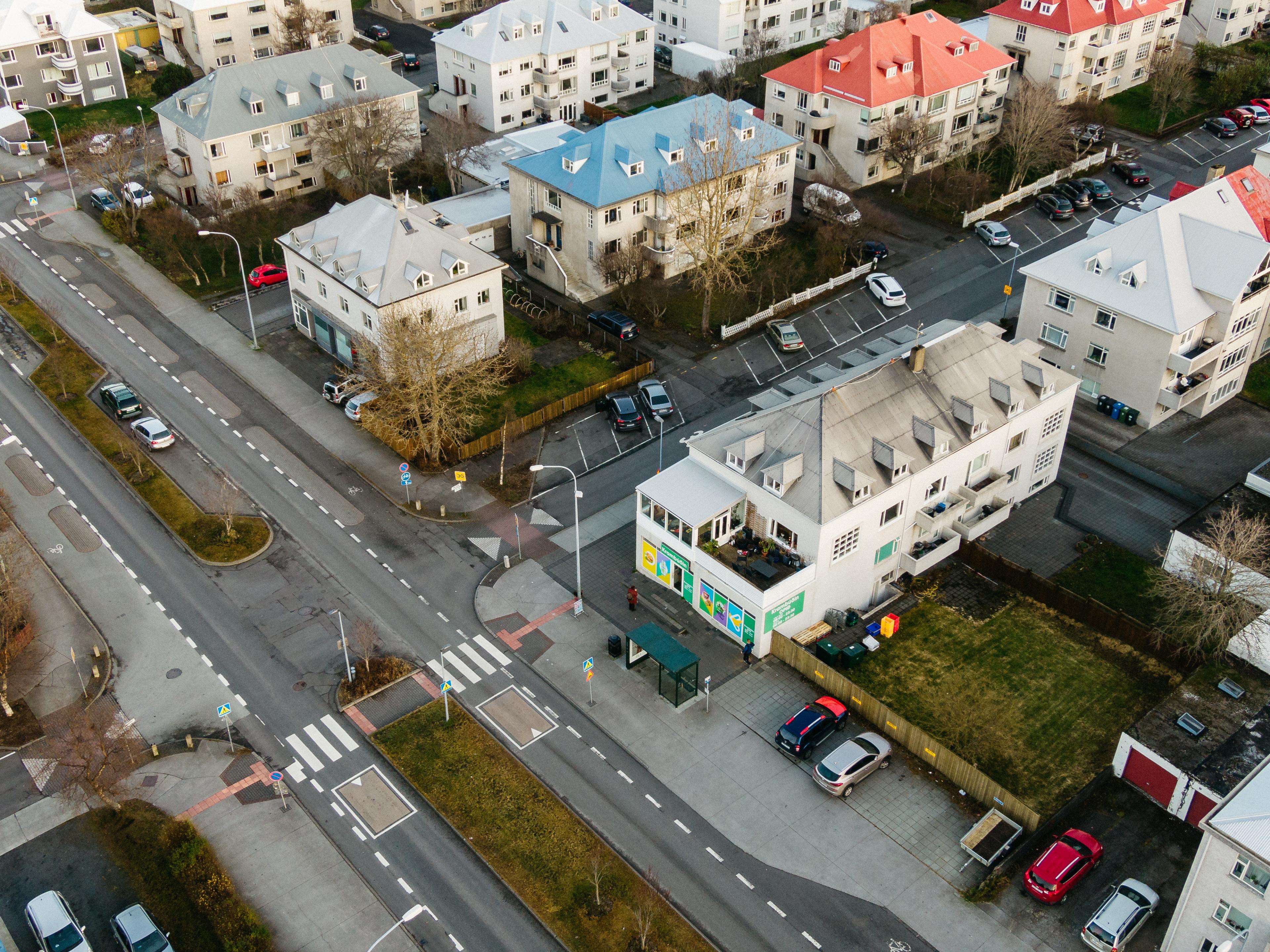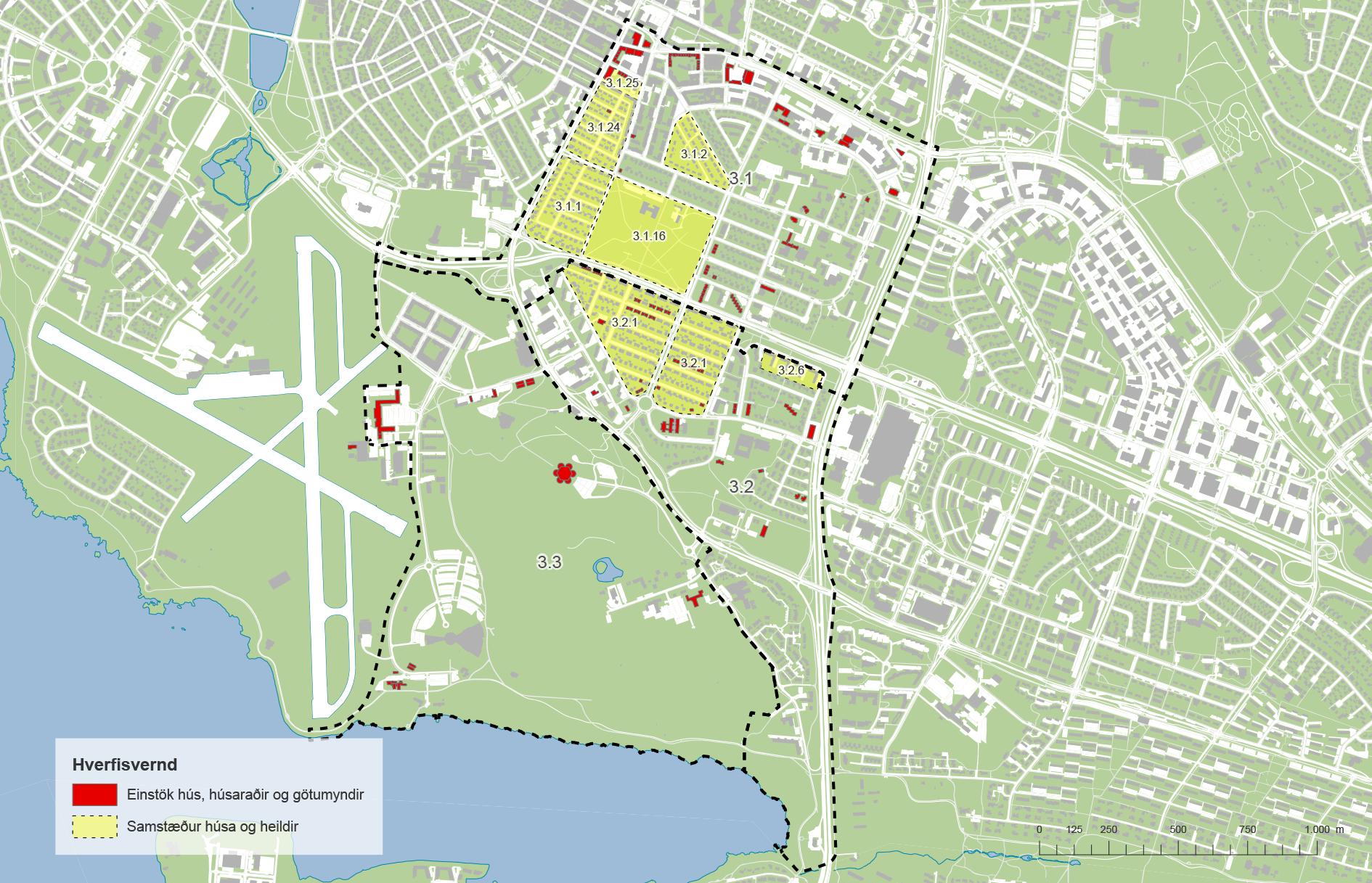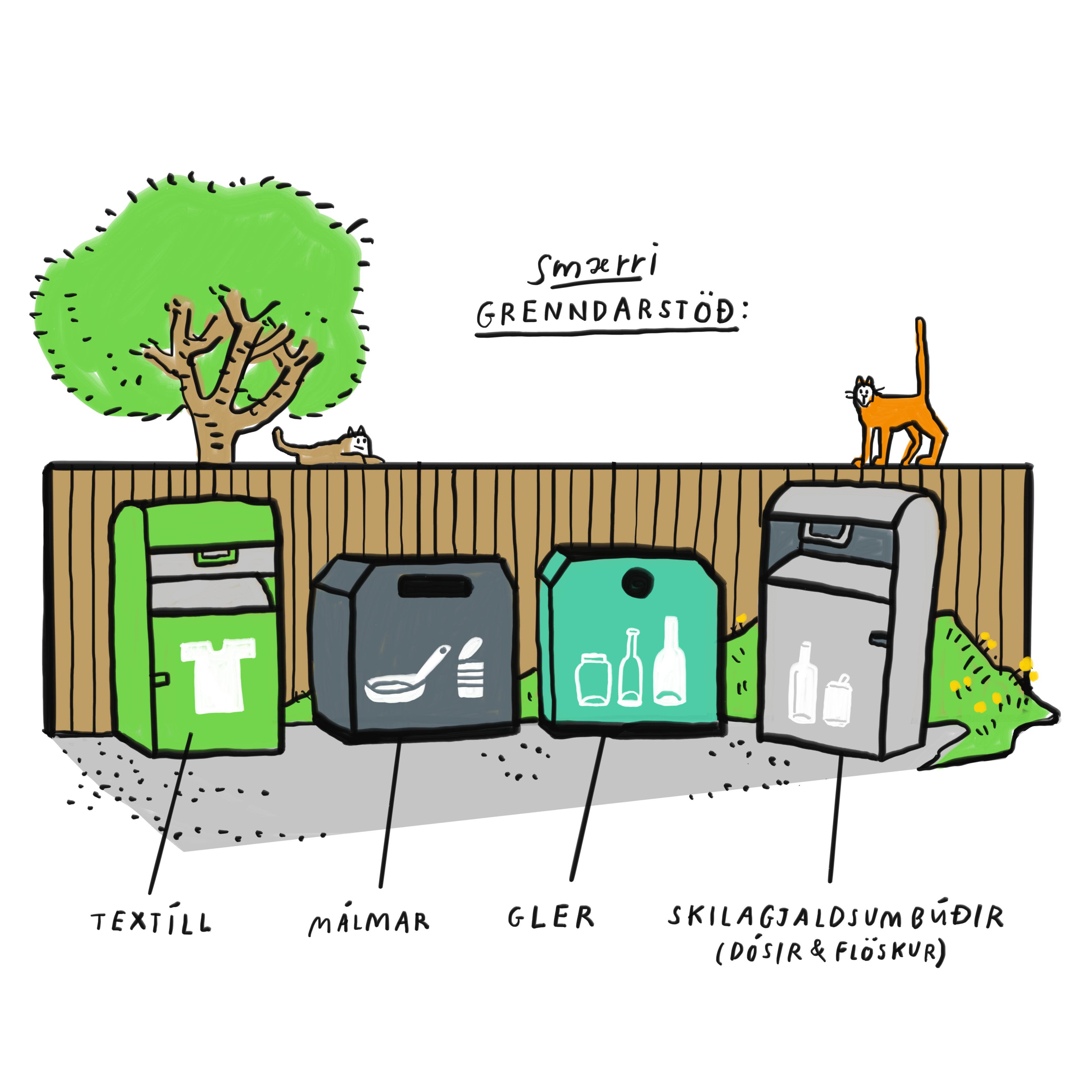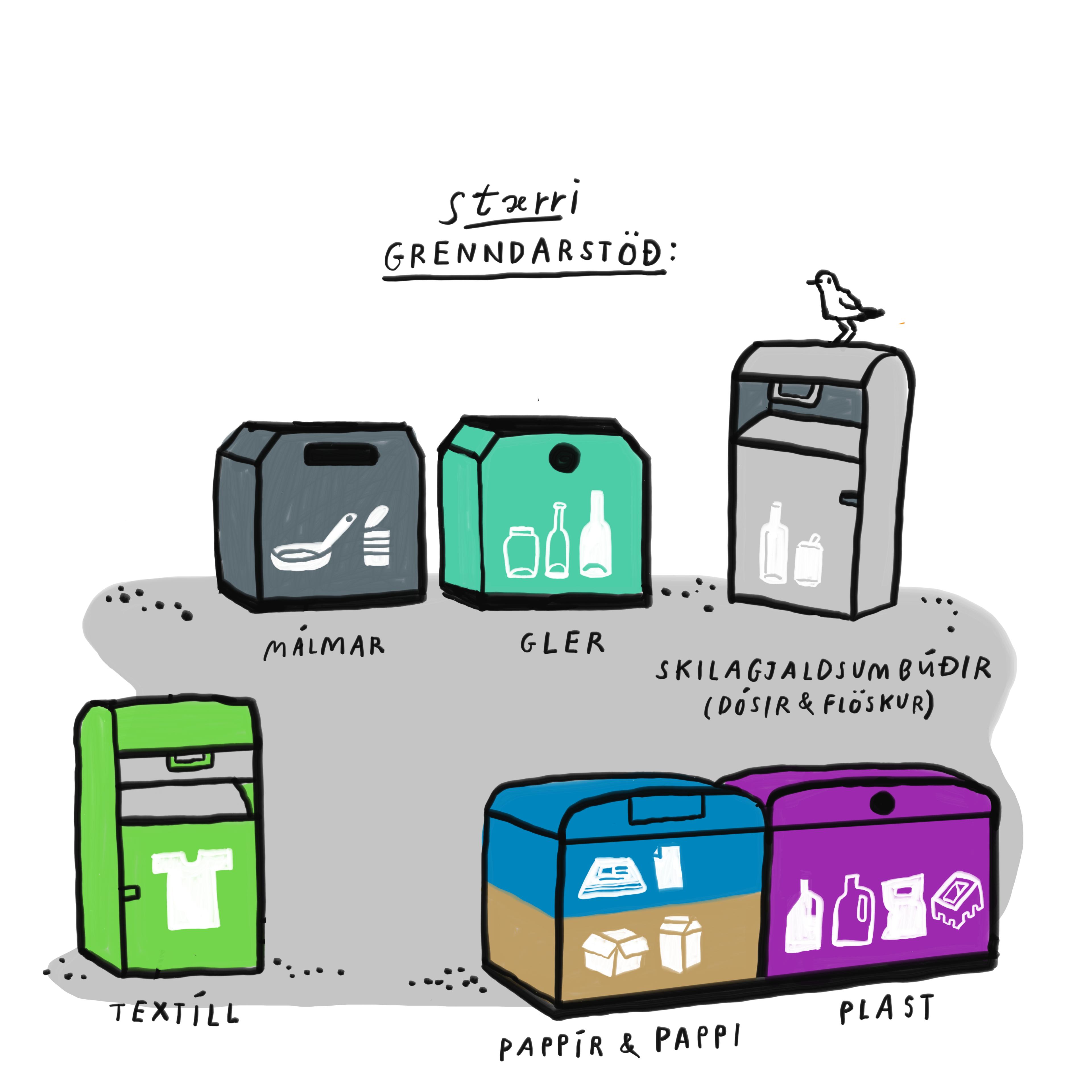My neighborhood - Hlíðar

Neighborhood plan proposals aim to enhance and upgrade public spaces in the neighborhood, focusing especially on city streets and a new neighborhood square. At the same time, it's essential to consider various necessary infrastructures to ensure neighborhoods develop and evolve with changing priorities. The plans also propose neighborhood preservation for specific parts of the neighborhood and Klambratún, safeguarding the unique character and spirit of the area.
Holtatorg
The Háteigshverfi neighborhood plan proposes a new square at the intersection of Skipholt, Stórholt and Einholt, replacing current parking spaces. In the proposals, this new square has been referred to as Holtatorg, though a formal name has not yet been decided.
The ideas were well-received when introduced, and the neighborhood plan includes the development of the square in connection with the redesign of the city streets at Skipholt and Stórholt. The design will focus on a green look to create an attractive leisure area where a diverse commercial street meets dense residential buildings.
Image gallery
Revamped city streets
In response to public comments during the review period, the City expanded the city street designation in Háteigshverfi to include part of Háteigsvegur. City streets now cover Skipholt and parts of Rauðarárstígur and Háteigsvegur. Langahlíð and Hamrahlíð are city streets in Hlíðahverfi. The neighborhood plan emphasizes the need to redesign and beautify the environment of city streets. Additionally, Snorrabraut is identified in the municipal plan as a connecting street to prioritize for reconstruction and beautification,
Redesigning city streets can change the character of neighborhoods, reduce traffic speeds, increase safety, and improve residents' quality of life. We will enhance the tree cover and focus on squares and public spaces along the streets for residents to enjoy. Combined with the redesign of Skipholt and the renewal of the urban area toward Laugavegur, a lively street with various shops and social life that extends the city center to the east can emerge.
Areas in Hlíðar under neighborhood preservation
The neighborhood plan received several comments about neighborhood preservation proposals during the public review period. Neighborhood preservation aims to protect important features of older areas and highlight unique neighborhood characteristics. Preservation can limit changes to buildings, potentially impacting residents. The Planning Officer commissioned a review of the preservation assessment. Based on this review and public comments, the City reduced preservation proposals from the initial plan.
Parts of Norðurmýri and Rauðarárholt receive yellow category preservation as well as a row of multi-family residences on Stigahlíð. Several buildings receive red category preservation, as shown in the image below.
Recycling drop-off points
With the neighborhood plan, the location of recycling drop-offs is fixed. When choosing locations, it is crucial that recycling drop-offs are within walking distance for most residents.
The recycling drop-off at the Klambratún parking lot is one of the city's most popular and will remain there but with plans to install underground containers. The recycling drop-off at the end of Eskihlíð will also stay in its current location. The recycling drop-off currently at Hamrahlíð/Stigahlíð will remain in a similar location. Plans to move it near Stigahlíð 2-4 were abandoned after public feedback. The recycling drop-off on Bólstaðarhlíð will move further south on the street, closer to Stakkaborg preschool. Furthermore, a new recycling drop-off will be established using underground containers near the future Holtatorg once it is ready.
Schools and preschools
In parallel with the neighborhood planning, there has been close cooperation with the Department of Education & Youth in analyzing the housing needs of preschools and primary schools in the neighborhood, based on population forecasts and development plans.
On the basis of these analyses, the neighborhood plan grants schools very generous building permissions to respond to student increases and changing needs. Expansion possibilities have been examined for each location, providing substantial new extension permissions where conditions allow. Schools and preschools also receive very generous permissions for temporary housing on lots, which can be critical when there is a need to quickly adapt to changing housing demands.
